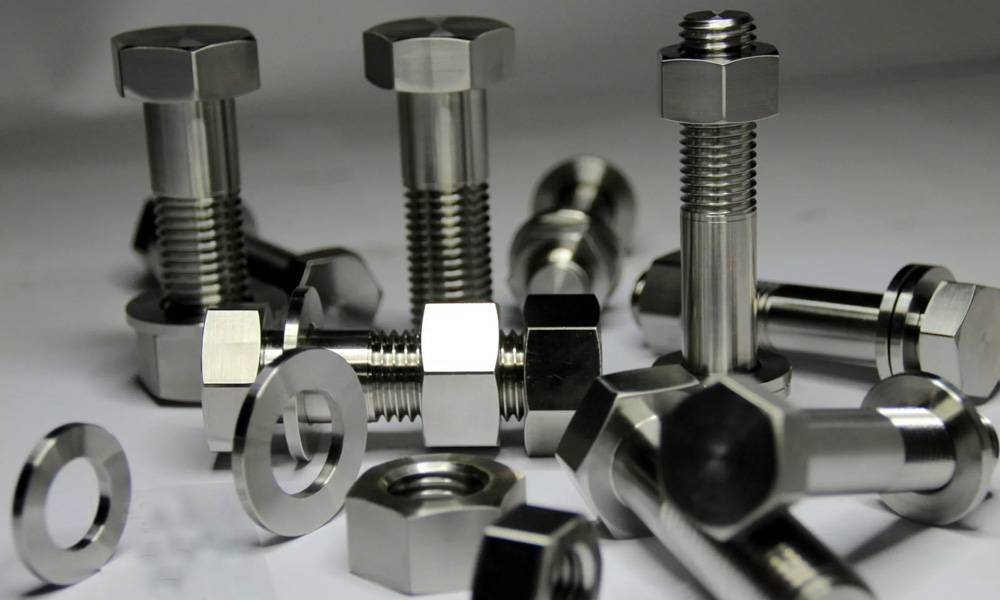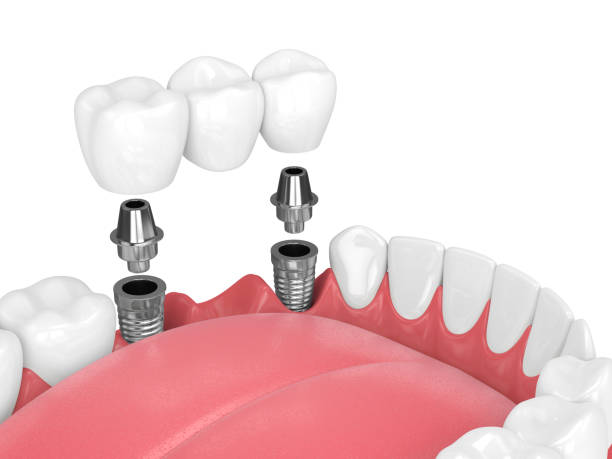Ship carriers are the titans of global trade — tasked with transporting everything from raw materials to finished goods across oceans. But while their size and scale capture attention, the hidden science of what keeps them together often goes unnoticed. Among the most critical elements in marine construction are fasteners — small yet powerful components that must survive punishing maritime conditions.
To the untrained eye, a bolt may look like just a bolt. But when that bolt must endure high pressure, intense vibration, seawater exposure, and temperature shifts — often for years without maintenance — its material, design, and origin matter more than ever.
Why Marine Environments Are Mechanically Brutal
Ships face more than just rough waves. The saltwater atmosphere, humidity, and temperature variations create a hostile environment for metals. Common steel fasteners quickly rust or weaken, leading to:
-
System malfunctions
-
Compromised structural integrity
-
Increased maintenance frequency
-
Potential safety hazards
This is especially true in areas like:
-
Ballast tanks
-
Seawater cooling systems
-
Fuel and oil processing lines
-
Emission control modules (e.g., scrubbers)
That’s where special alloy fasteners — like those made from Hastelloy — offer a dramatic upgrade in performance.
What Makes Hastelloy Special?
Hastelloy is a high-performance alloy primarily composed of nickel, molybdenum, chromium, and iron, designed specifically for extreme environments where corrosion is a critical concern. It is known for:
-
Outstanding resistance to pitting and crevice corrosion
-
Stability under acidic or high-chloride conditions
-
High-temperature tolerance
-
Long-term durability in both oxidizing and reducing environments
Ship systems that process seawater, acidic waste, or fuel residues benefit greatly from fasteners made of this alloy — ensuring critical assemblies remain intact.
Partnering with a reliable hastelloy fasteners manufacturer ensures that components meet marine-grade specs and come with necessary quality certifications for demanding shipboard applications.
Where Hastelloy Fasteners Are Used on Ship Carriers
-
Engine Rooms
-
Heat exchangers, exhaust manifolds, and turbine connections often see high temperatures and corrosive fuel vapors.
-
Fasteners must not crack, seize, or corrode over long service cycles.
-
-
Ballast and Bilge Systems
-
In constant contact with seawater, these systems must be sealed with fasteners that resist saline corrosion over years.
-
-
Desalination & Cooling Systems
-
High chloride content water attacks standard metals. Hastelloy bolts and washers hold valves, filters, and flow meters securely.
-
-
Emission Control Units
-
SOx scrubbers and catalytic converters operate in acidic exhaust streams where corrosion-resistant fasteners are essential.
-
Fasteners as a Safety System
Beyond durability, fasteners are part of the ship’s safety envelope. A single failed bolt in a fuel line or engine mount could lead to:
-
Fuel leaks
-
Fire hazards
-
Equipment vibration and damage
-
Mission failure in military or commercial operations
Marine engineers consider the chemical compatibility of the fastener with its surrounding metals and fluids, the tightening torque, and even thermal expansion properties to ensure system integrity.
Lifecycle and Cost Efficiency
While Hastelloy fasteners are more expensive than carbon steel or even stainless steel, the cost of failure at sea is exponentially higher:
-
Emergency repairs at sea or in port
-
Unexpected dry-docking
-
Equipment downtime and delayed shipments
-
Penalties for environmental non-compliance
Investing in quality materials upfront — particularly through an established hastelloy fasteners manufacturer — minimizes risk, reduces overall lifecycle costs, and enhances vessel reliability.
Case Study: Scrubber Retrofitting
With the rise of IMO 2020 sulfur regulations, many ship carriers were retrofitted with exhaust gas cleaning systems (scrubbers). These systems expose fasteners to:
-
High-temperature gases
-
Acid condensates
-
Constant vibration
Standard bolts showed rapid degradation during test runs. When replaced with Hastelloy fasteners, units ran maintenance-free for over 12 months under continuous operation — meeting emission targets without interruption.
Compliance and Certification
To meet maritime classification society standards (ABS, DNV, LR), fasteners used in critical systems must pass tests for:
-
Salt spray corrosion
-
Tensile strength
-
Thread precision
-
Heat resistance
Manufacturers of marine-grade fasteners often provide:
-
Batch traceability
-
Chemical composition reports
-
Torque specifications
-
Marine compliance certification
Working with a certified hastelloy fasteners manufacturer ensures that your ship systems not only perform — but comply with international safety and operational mandates.
Conclusion: The Science of Endurance
Ships may seem like floating cities, but every nut and bolt plays a role in holding the structure and systems together. In harsh marine environments, material science and engineering excellence are what ensure longevity, safety, and sustainability.
Hastelloy fasteners are a direct result of that science — engineered to resist, endure, and support the massive responsibilities placed upon ocean-going vessels. From engines and emissions to ballast tanks and desalination units, the right fastener makes the difference between mission success and mechanical failure.
And when corrosion resistance isn’t optional, choosing a trusted hastelloy fasteners manufacturer becomes a decision rooted in safety, performance, and smart engineering.







0 Comments